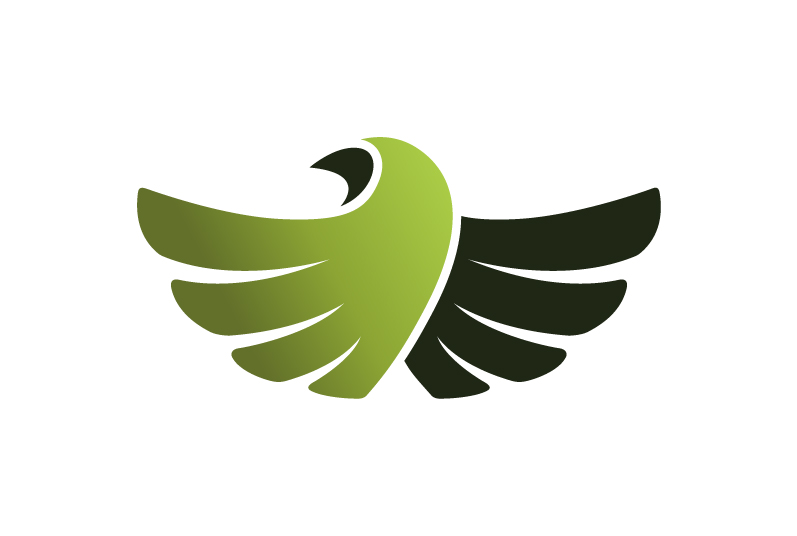Shiatsu 2
Traditional Chinese Medicine is based on an understanding of the forces and cycles of nature. This comes from the Toaist influence on Traditional Chinese Medicine. Tao means ‘way’ and to Toaists it meant ‘the way of the universe’. “One of its [Toaism’s] many observations is that all phenomena are embraced by the Tao and so function ultimately as a whole.” * A truly holistic approach from an ancient philosophy.
Yin and yang are an expression of that philosophy: you cannot have one without the other. In the Taiji symbol of Yin/Yang that you are probably familiar with (see below), black represents Yin and white Yang. Fundamentally, Yin represents substance and Yang action. Nothing is purely Yin or Yang because there is always a balance. For example, ice is more Yin than water because ice is solid - you could even build with it - whereas water is fluid, it has movement, action. But water is Yin compared with steam. In my photo of a hollow tree trunk, the areas in shadow are Yin and the areas in the light are Yang; the solid wood is Yin and the hollow space is Yang.

The table below gives other examples of what is Yin compared with its more Yang counterpart.
Yin | Yang |
Dark | Light |
Night | Day |
Moon | Sun |
Earth | Heaven |
Cold | Hot |
West | East |
North | South |
Rest | Movement |
Solid | Vapour |
Condensation | Evaporation |
Contraction | Expansion |
Descending | Rising |
Water | Fire |
Feminine | Masculine |
There are four ways in which Yin and Yang interact:
- They oppose each other
- They are interdependent
- They consume each other
- They transform into each other
Opposing
The coldness of Yin can temper the heat of Yang. This is put to good use in Traditional Chinese Medicine where a cooling treatment is used for a hot condition and vice versa. When Yin and Yang within the body are in balance, there is health; imbalance results in disease.
Interdependent
As the Taiji symbol shows, Yin contains Yang and Yang contains Yin, and their shapes complement each other. This aspect of Yin/Yang is best illustrated in this quote "In the case of the human sexes, it is interesting to note that although women are outwardly more Yin, they contain within a more masculine unconscious which Carl Jung called the Animus. In turn, men possess a more feminine unconscious called the Anima. This is an example of the profound interdependence inherent in Yin/Yang."*
Consuming
To generate heat energy (Yang) to keep the body warm, stored food energy (Yin) is consumed. Similarly, the body uses some Yang energy to synthesise molecules and cells (Yin). Again, disease can result if this becomes unbalanced.
Transforming
As you can see in the Taiji symbol, where Yin ends, Yang begins and vice versa. The natural cycles of day and night and the seasons are the best examples of this, so where night ends, day begins and where winter ends, spring begins: one grows out of the other.
According to Tradtional Chinese Medicine an imbalance between Yin and Yang results in disease. Re-establishing harmony restores health.
In my next blog post I will discuss the five element theory of Traditional Chinese Medicine: water, wood, fire, earth, metal.
*Shiatsu: The Complete Guide/Jarmey & Mojay

